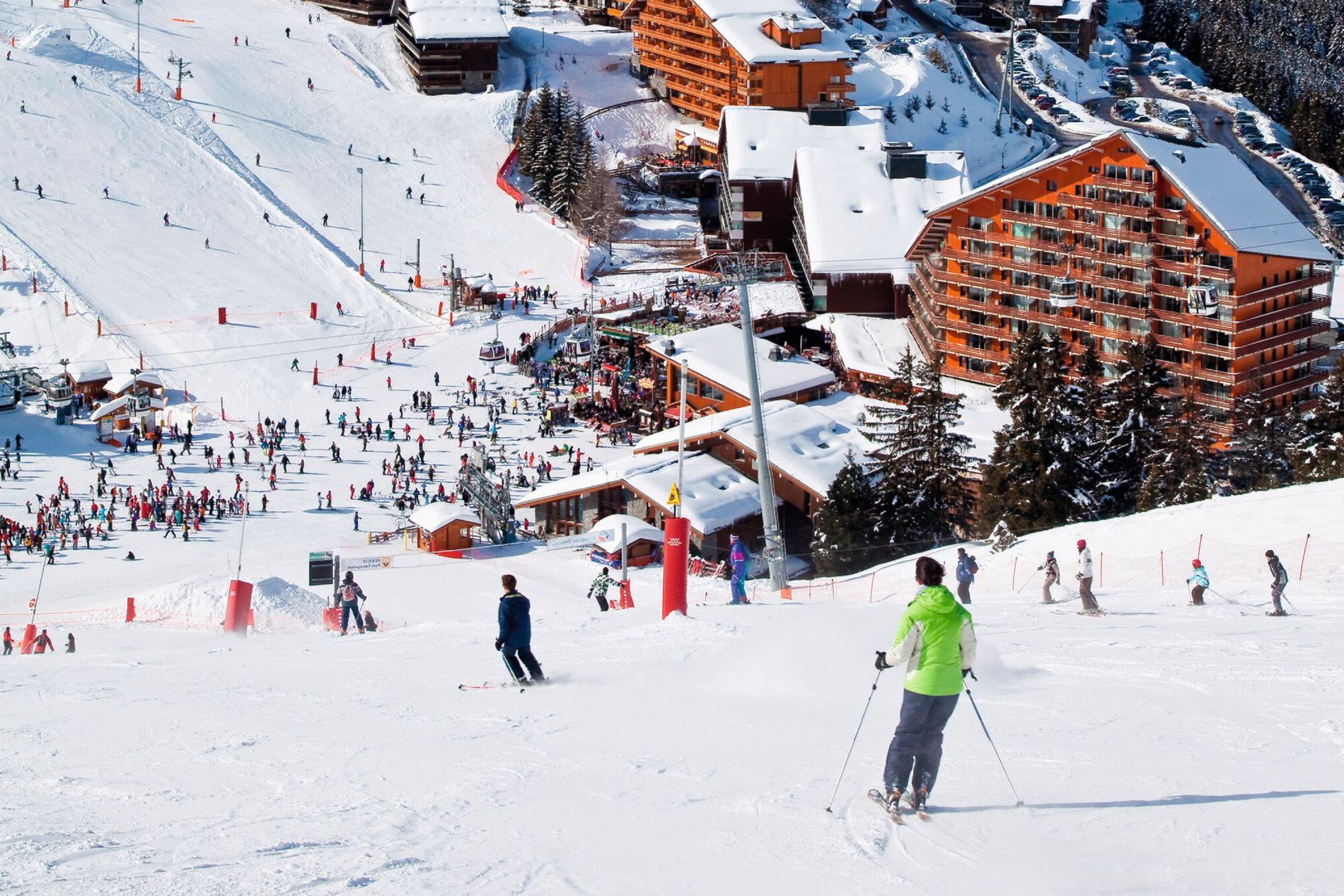Unseasonably warm weather and rare snowfall have forced the closure of some low-level ski resorts in recent days as Europe started the new year with record-high temperatures.
According to Sky News, among others, such popular skiing countries as Germany, France, Switzerland, Poland, and the Czech Republic were hit. For several cities in these countries, winter tourism is the primary source of income.
In particular, on January 1, Warsaw recorded +18.9°C, which broke the previous record by more than 5°C, Olsbas in southwestern Germany recorded +19.4°C, and Bilbao in northern Spain recorded +25. 1°C. Prague also had the warmest New Year’s Eve in 247 years of observations, when the temperature reached +17.7°C.
Meanwhile, year-end temperatures in France were the hottest in 25 years, according to Meteo France. There was a similar picture in Switzerland, where a weather station in the Jura mountains recorded a record average daily temperature of +18.1 degrees Celsius on December 31.
As the publication notes, especially due to the lack of snow, showers, and high temperatures, the Northern Alps and the French Pyrenees are suffering, where some resorts that barely opened during the month were forced to close until the situation improves.
Other resorts are forced to work in a reduced format, having the opportunity to open only part of the ski slopes.
In Adelboden, Switzerland, which will host the stage of the Skiing World Cup next Saturday, this year the competition will have to be held on 100% artificial snow.
However, at the moment, the ski resorts of the Southern Alps and on slopes above 2,200 meters still have the necessary amount of snow for winter sports. But many cities located at lower altitudes take a lot of risks and therefore increasingly focus on year-round activities such as hiking.
At the same time, professor of climatology at the University of Brussels, Wim Thierry, gave a dismal forecast for the future of skiing in Europe: “By the end of the century (it) will simply be over… skiing in the Alps as we know it. In the future, these problems will worsen because there will be snow continuing to melt as the climate warms.”

